The essence of Japanese cuisine lies not only in its taste but also in the harmony of aesthetics and spirituality. At the pinnacle of this tradition are what we may call “Fancy Japanese Dishes”—a culinary world where exquisite ingredients, seasonal sensibilities, and refined technique come together in perfect balance. In this guide, you are invited into the realm of high-end Japanese dining, where you can savor an experience designed to delight both your heart and every one of your senses.
Signature Fancy Japanese Dishes—Wagyu, Sea Urchin, Puffer Fish, and Modern Kaiseki
There are certain ingredients and dining styles that are indispensable to understanding Japan’s haute cuisine. Among them are the world-renowned marbled Wagyu beef, the rich delicacy of sea urchin (uni), the winter treasure of puffer fish (fugu), and the artistry of kaiseki, Japan’s multi-course fine dining tradition. Here, you’ll get to know the allure of each and how to enjoy them.
Wagyu A5 Grade Tasting by Cuts
Among marbled Wagyu beef, A5 grade represents the very highest level on Japan’s official beef grading scale (*1). With its intricate web of fat marbling woven into the muscle fibers, A5 Wagyu delivers a luxurious mouthfeel—its fat melting on your tongue with a depth of umami that lingers.
At exclusive Wagyu steak houses, you may encounter “cut-by-cut tasting” menus, where small portions of different A5 cuts are offered. Each cut tells a subtly different story: the sirloin and ribeye carry intense, fatty richness, while the tenderloin or ichibo (rump cap) present a more refined, lean character (*2).
The fineness and quantity of marbling directly influence aroma and texture, and with A5 you’ll sometimes find examples in which close to half of the meat consists of fat (*2).

Seasonal Luxury Seafood—Sea Urchin, Puffer Fish, and Abalone
Japan offers ocean delicacies that peak with the seasons.
Sea Urchin (Uni): Often called “the gold of the sea,” uni is prized for its creamy richness. Generally, June through August is considered its best season (*3), and Hokkaido uni is especially exquisite at this time.
Puffer Fish (Fugu): The emblem of winter delicacies, fugu is famed for a refined, delicate flavor—so much so that people say “winter fugu is second to none.” Its season is typically from September to March, with peak flavor in the cold months. In Japan, only licensed professionals may prepare fugu, after two to three years of apprenticeship and passing strict exams; incidents caused by amateurs are reported every year, underscoring how dangerous improper handling can be (*4). By law, only licensed chefs may handle and serve fugu (*5). In the hands of a seasoned itamae, paper-thin sashimi and hotpot preparations draw out the fish’s subtle depth while ensuring safety.
Abalone (Awabi): A time-honored luxury ingredient, abalone has long been revered—dried abalone was even offered to the Grand Shrine of Ise. Its thick flesh is pleasantly springy, releasing deep umami as you chew. The flavor is said to be at its best from late spring into summer (*6), and in famed producing regions like Shima (Mie) and the Bōsō Peninsula (Chiba), wild abalone harvesting opens in summer. At top restaurants you’ll encounter abalone steamed with sake, grilled with butter, or served as sashimi—pure distillations of the sea’s richness.
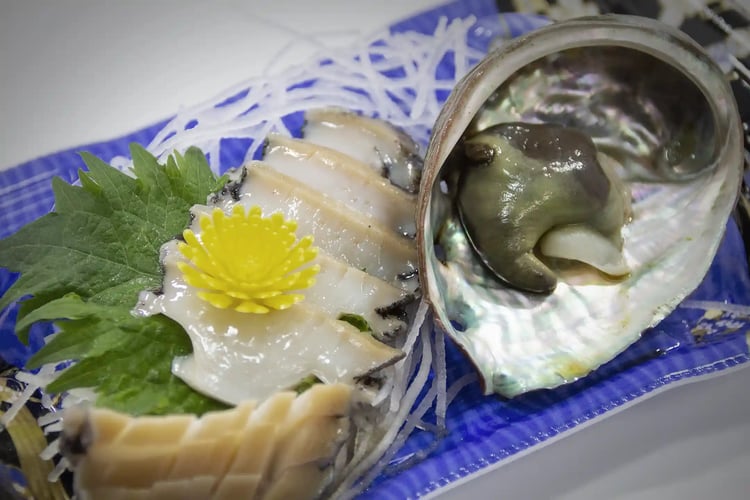
The Art of Kaiseki—Structure, Flow, and Pairing
Kaiseki is Japan’s most refined full-course dining (*7)—a culinary art that elevates seasonality through beautiful vessels and exquisitely balanced compositions. Sometimes called “Japan’s haute cuisine,” kaiseki harmonizes taste, texture, and color with extraordinary precision.
The progression from appetizers and clear soup, to sashimi, to grilled and simmered dishes moves gently from subtle to fuller flavors, intentionally heightening your senses course by course. Seasonal leaves and flowers on the plates turn the table into a living scroll painting.
This tradition has earned global recognition: in 2013, Japanese washoku was inscribed on UNESCO’s Intangible Cultural Heritage list (*8). Recently, you’ll also see thoughtfully curated sake and wine pairings—an innovative bridge between classic craft and modern taste. For an elegant traveler, kaiseki is a feast for both the palate and the eye.
From the Tea Ceremony to Modern Haute Cuisine—A Historical Journey
Shojin Ryori and Zen Minimalism
One origin of Japan’s high-end cuisine is shojin ryori, rooted in Buddhist culture. Shojin was originally part of monastic practice—cooking and eating were integral to training. In the 13th century, Dōgen, founder of the Sōtō Zen school, instructed the temple cook (tenzo) to “unite food and heart” in the act of cooking, centering gratitude for ingredients (*1).
Zen’s influence shaped a minimalist approach that draws maximum umami from minimal means. Without animal products, cooks mastered the glutamates in kombu and shiitake to deepen the pure flavors of vegetables and beans. Creative substitutions—konnyaku styled as sashimi, or Kamo eggplant glazed and treated like a steak—demonstrated an aesthetic of “seeing as,” which later influenced Japanese cuisine as a whole (*2).
In the Muromachi–Sengoku eras, the rise of the tea ceremony gave birth to kaiseki (懐石) in the tea context. Tea masters like Sen no Rikyū embraced Zen simplicity, composing modest meals around one soup and three dishes as true hospitality. Recent scholarship notes that kaiseki menus were underpinned by shojin techniques (*3). In other words, Zen’s craft of bringing out the essence and trimming away excess flowed into tea cuisine and became a foundation for modern high-end Japanese dining.
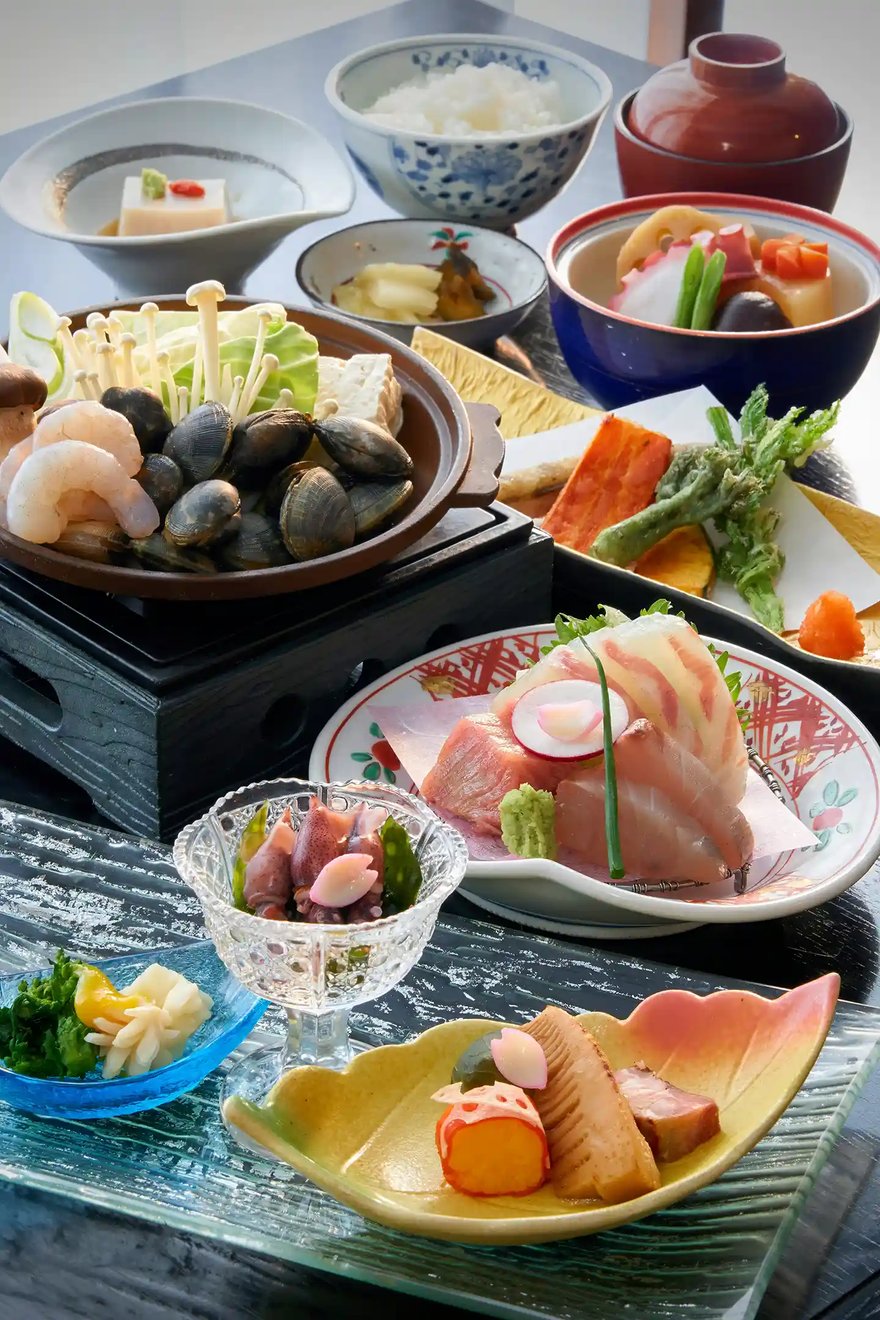
Court Cuisine and the Culinary Traditions of Each Domain
In the Heian court, elegant banquet cuisine evolved under Chinese influence, with menus crafted for seasonal ceremonies. Yūsoku ryōri, formal ritual cuisine, featured refined presentations and codified etiquette (*4). With samurai rule from the Kamakura period onward, a stricter format called honzen ryōri emerged—multiple trays delineated rank, and ritual often outweighed flavor.
When the merchant culture of Edo blossomed, kaiseki for convivial drinking gatherings supplanted honzen. Small parties met at restaurants to enjoy seasonal dishes with good sake, savoring courses at an unhurried pace. Meanwhile, each feudal domain cultivated distinct foodways: coastal domains refined seafood, inland regions advanced preservation and hearty local fare.
These traditions, preserved as regional cuisines after the Meiji era, also enriched the diversity of kaiseki and fine dining. Today’s Kyoto kaiseki, for example, merges courtly elegance, samurai formality, Zen-born seasonality and restraint, and the ingenuity of local ingredients and techniques (*5).
Dining Spaces as Experiences—From Heritage Teahouses to Cutting-Edge Architecture
Sukiya-Style Tea Rooms and Garden Views
Many high-end restaurants weave traditional aesthetics into the very spaces where you dine. The sukiya style—rooted in the tea ceremony—symbolizes the spatial beauty of Japanese cuisine.
At Genyadana Hamadaya in Nihonbashi, Tokyo, a Taishō-era sukiya building houses heirloom furnishings and art, with alcove scrolls and seasonal flowers echoing the changing garden views beyond the window (*1). Bathed in soft natural light, you savor a harmony of plate and landscape.
In contrast, some venues express Japanese beauty in striking urban contexts. Cerulean Tower Sukiya in Shibuya contains both a traditional hall and a tea room, uniquely incorporating an adjacent noh stage as borrowed scenery. Hanging scrolls by Yokoyama Taikan and Higashiyama Kaii punctuate a modern space where tradition and innovation meet—an approach international guests admire (*2).
%20at%20Sh%C5%ABentei%2c%20in%20the%20Autumn%20Field.webp?width=750&height=500&name=Night%20View%20of%20the%20O-suzumi-jo%20(Annex)%20at%20Sh%C5%ABentei%2c%20in%20the%20Autumn%20Field.webp)
Water Sounds and Live Koto Performances
Sound deepens atmosphere in a distinctly Japanese way. The murmuring of water from a quiet garden or the live strains of the koto bring comfort through the ears as much as through the eyes and palate.
A suikinkutsu—an underground jar that resonates with falling droplets—produces tones like a zither, a clear, penetrating music that seems to wash the heart (*3).
Some restaurants even arrange live koto performances for special occasions. At Sukeroku in Ōgaki, Gifu, a limited autumn program features professional performers who enchant guests. The proprietress notes how the koto’s timbre offers a wordless charm—listen quietly and everyday worries fall away (*4).
When water and koto provide the soundscape, dining becomes a multi-sensory artwork. The visual grace of traditional architecture joins the aural refreshment of music, lifting the experience of high-end Japanese cuisine even higher.
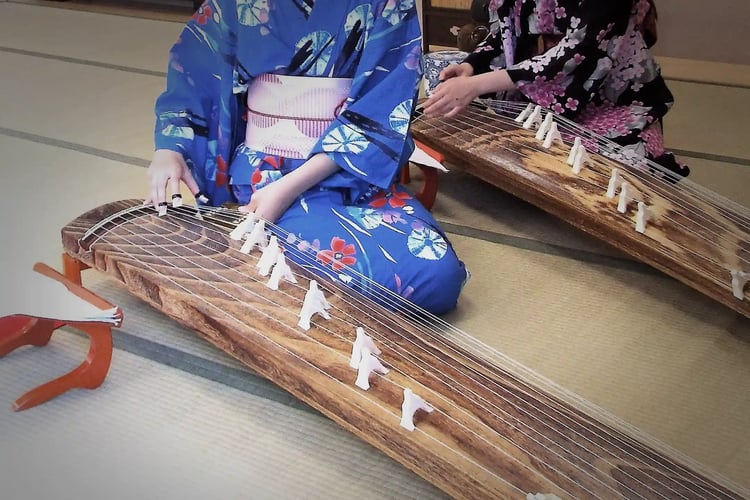
Meeting the Masters—Counter Dining, Origin Visits, and Workshops
Farm-to-Table in Noto and Tanba
The Noto Peninsula and the Tanba region are prime places to feel Japan’s farm-to-table spirit firsthand. Noto, with 76 fishing ports and the bounty of satoyama and satoumi, is recognized as a Globally Important Agricultural Heritage System (*1). Top chefs build direct relationships with producers, evolving a culture of local sourcing.
In Kanazawa, heritage restaurants “contract directly with Noto rice farmers,” and source seafood and vegetables locally to breathe fresh life into Kaga traditions (*2). Blending food culture and travel, sustainable experiences now take you through farms and fishing ports before a dinner that showcases your harvest—perhaps a Green Star Michelin course served on Kutani porcelain or Wajima lacquer (*2). When the food’s story completes itself on the plate, gratitude for land and people fills your senses.
In Tanba Sasayama, refined specialties include wild-boar botan hotpot, matsutake mushrooms, and black soybeans. Historic inns offer seasonal menus: spring–summer vegetable kaiseki, autumn matsutake feasts, and winter game stews (*3). Some properties even run a circular program—stock from vegetable trimmings and boar bones, with residuals returned to farms as fertilizer (*4). Using every part of an ingredient is a testament to trust between producer and chef.
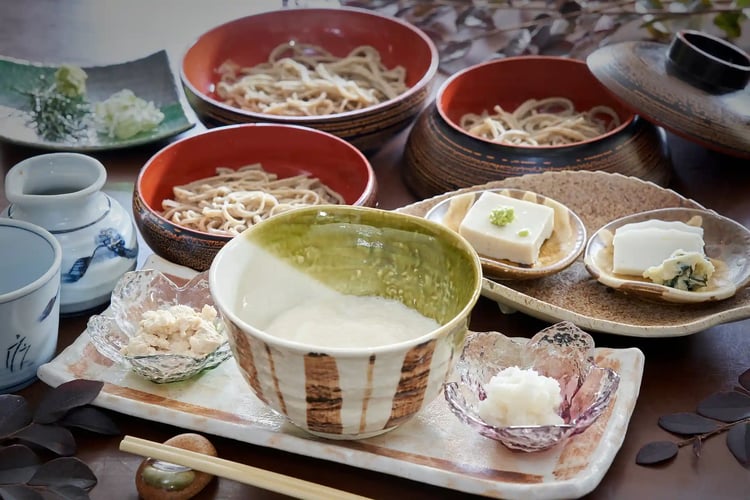
Foraging Mountain Vegetables and Sake Pairing Workshops
Sansai foraging announces spring’s arrival and autumn’s depth. After the thaw, buds like koshiabura and tara no me, and shoots like kogomi, creep up in the mountains; in autumn, mushroom hunting takes center stage.
At the farmhouse inn Shunran-no-Sato in Noto, you head into the hills with a local guide, then fry your freshly picked greens into tempura and taste them at once (*5). Joining official green-tourism programs lets you enjoy the satoyama safely and deeply.
Sake-pairing workshops are also on the rise. In Myōkō, Niigata, a “pairing lunch experience” matched early-spring sansai cuisine with sake from three breweries, guided by a tasting expert (*6). The gentle bitterness of tara buds found harmony with dry junmai, while fermentation-driven umami lifted the fragrance of mountain greens—pairings you can feel with all five senses.
Costs, Reservations, and Etiquette—A Guide to Navigating Fancy Japanese Dining
How to Secure a Seat at Referral-Only Restaurants
Some elite ryotei and sushi counters in Japan operate on a referral-only basis, limiting first-time guests to protect relationships with regulars and preserve a private ambiance (*1). Even as a traveler, you can unlock those elusive seats by following a few strategies:
Use your hotel concierge.
Luxury concierges often have strong ties with top restaurants and can vouch for you to secure a reservation (*2). Consider this support part of the value of your stay—don’t hesitate to ask.
Leverage your card or a booking service.
Dining desks for Amex Platinum/Black members and high-end platforms like Pocket Concierge, Omakase, and TABLEALL can arrange bookings or waitlists for referral-only venues (*3).
Tap gourmet clubs or curated local tours.
Member-based gourmet circles and premium guided tours sometimes hold special allocations at partner ryotei—an effective way to gain that all-important “introduction” (*4).
At such restaurants, basic courtesies are non-negotiable: arrive on time, respect the dress code, avoid heavy fragrance, and understand that cancellations may not be accepted. Treat the encounter with ichigo ichie—a once-in-a-lifetime spirit—and you’ll build the trust that opens doors throughout Japan’s fine-dining world.
Mindful Dining Etiquette—Pace, Conversation, Respect
When you savor refined Japanese cuisine, let your manners elevate the meal.
Engage all five senses.
Read the season in the patterns of the plate and arrangement, listen for the crisp bite of tempura, and notice the aroma that rises as you lift a lacquered lid (*5).
Keep an unhurried pace.
In a coursed meal, align with the chef’s rhythm. Sit tall, take smaller bites, and let each flavor bloom slowly (*5).
Enjoy calm conversation—and the beauty of pauses.
At a counter seat, keep personal chatter discreet and listen to the chef’s explanations. Comfortable silences create gentle tension and deepen the aftertaste (*6).
Show gratitude and respect.
Begin with itadakimasu and end with gochisōsama, honoring both life and craftsmanship. Because wasting food is frowned upon as mottainai, finishing your final bite is considered the height of good manners (*7).
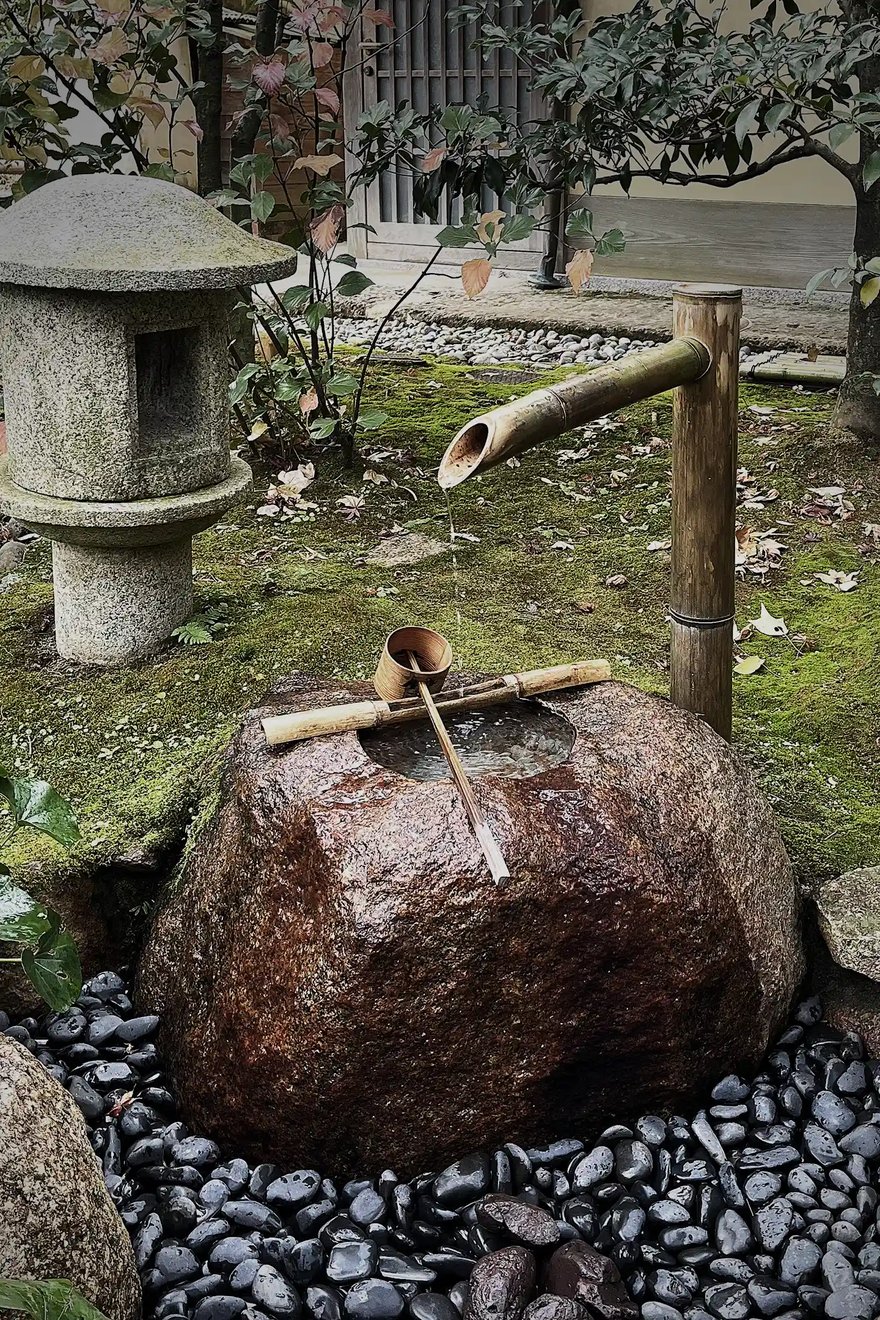
Summary
Experiencing high-end Japanese cuisine is more than a meal—it’s a luxurious journey into the culture itself. From the intricate marbling of Wagyu and seasonal jewels like uni, fugu, and abalone, to kaiseki’s fusion of tradition and innovation, your senses will be astonished at every turn. History reveals deep roots: Zen-inspired shojin ryori, the elegance of the court, the formality of the warrior class, and distinctive regional traditions have all evolved into today’s haute cuisine.
Beyond the dishes, the beauty of the space, the poetry of sound, and encounters with chefs and producers reveal the heart of Japanese food culture. And with a few strategies for referral-only reservations and mindful etiquette, you’ll enjoy this world even more deeply. A journey into Fancy Japanese dining becomes a moment of cultivated pleasure—one that honors craftsmanship and culture and stays with you long after the last course.
Author Bio

Natsumi Ikeshita
Experienced in B2B SaaS marketing and “omotenashi,” Natsumi directs media operations with a focus on hospitality and cultural storytelling. Her global experience and marketing skills bring fresh value to Bespoke Discovery’s content.



.webp)
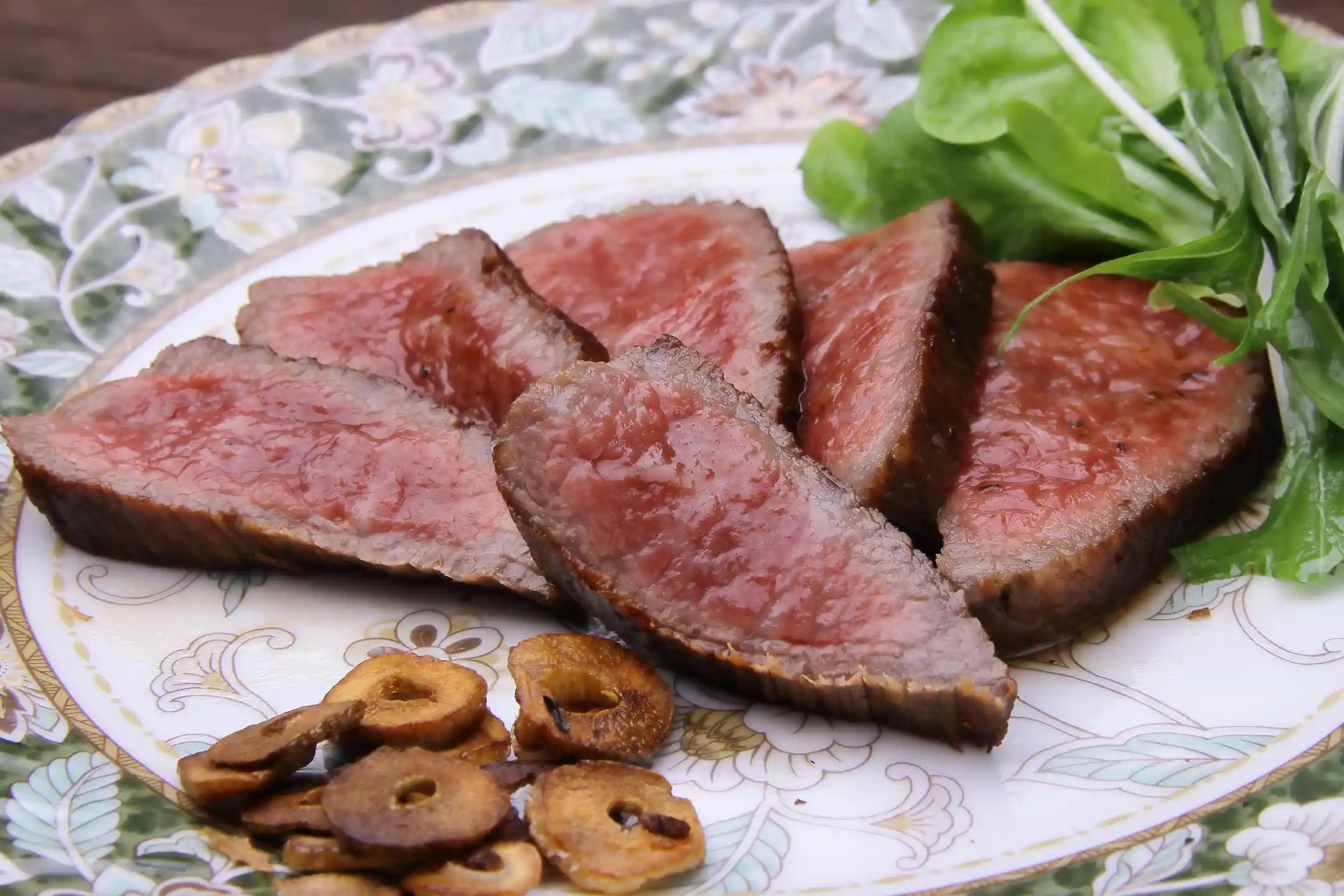
.webp)